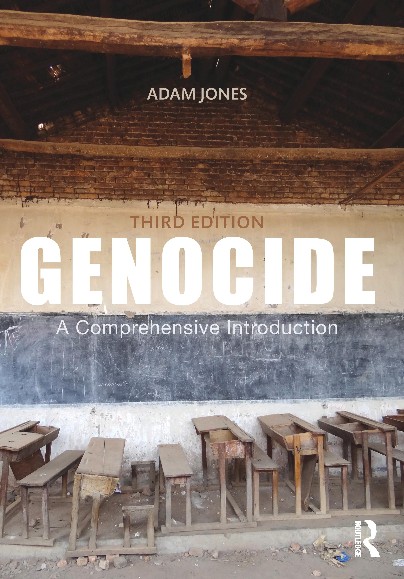 |
"The U.N. head of mission in Abyei (C) greets Ngok Dinka leaders returning from a conference with the Missereyi Arab tribe on January 14, 2011." (Trevor Snapp/AFP/Getty Images) |
By Alan Boswell
Friday, March 04, 2011
"Over 100 people were killed in days of fighting in Sudan's hotly contested Abyei area, while thousands have fled southward away from the carnage. When south Sudan voted in January to secede, many observers warned that the move could lead to violence that could destabilize the entire region. U.S. Secretary of State Hillary Clinton called it a 'ticking time bomb' and New York Times columnist Nicholas Kristof saw it as a 'genocide foretold.' With Sudan only months away from dividing formally into two new countries, some are now wondering: Is this the moment it all starts falling apart? Dubbed Sudan's Kashmir, Sudan's 22-year conflict killed 2 million people before a peace deal brought fragile calm in 2005. Observers have long warned that if conflict was to break out again, it would most likely start in Abyei, a tiny area of 4,000 square miles where Sudan's northern desert peters into the marshes of the south. Claimed by both the southern Ngok Dinka, who live there year-round, and the northern Misseriya, nomadic cattle-herders who move to the area in dry months, Abyei risks being torn apart as the nation splits along the divide between its Arab north and African south. As originally envisioned by Sudan's peace deal, the Abyei dispute was to be settled through its own special poll alongside the southern independence vote. But the Abyei vote never happened. As southerners were voting for their freedom in January, Abyei whizzed with bullets -- three days of attacks left at least 41 dead. Then this week the clashes returned with a new ferocity.
On Sunday and Monday, northern forces killed 'about 70' southern policemen and civilian fighters, according to the south's Sudan People's Liberation Army spokesman. The attacks moved to another village on Wednesday, killing at least 33 from the southern side, says an official who watched as the bodies were buried. Casualty figures from the northern side are not known. There is also confusion over who the attackers actually are. The northern government maintains the culprit is a Misseriya militia, acting on its own accord. The southern government in Juba says the Sudanese Armed Forces (SAF) and the north's paramilitary People's Defense Forces (PDF) were behind the attacks. As evidence, southern officials allege that two helicopters arrived at the scene of the Wednesday fighting to carry away the dead and wounded. The north has denied the use of helicopters, as well as any involvement in the conflict. 'We don't support any militias,' says SAF spokesman. For Sudan watchers, it all sounds eerily familiar. During the Sudanese civil war, Arab pastoralist tribes like the Misseriya razed the bordering southern land on behalf of the government, who armed the militias and used them to open land for oil exploration, allowing them to take whatever spoils they liked from their raids in return. In Darfur, the same messy strategy was used to try to drain the armed insurgency of its civilian support, earning Sudanese President Omar Hassan al-Bashir an arrest warrant for genocide from the International Criminal Court. Even after the peace deal, the north's militia-like PDF, which U.N. officials confirm could have provided the muscle behind the recent attacks, were never disbanded. Could history be repeating itself? [...]"














No comments:
Post a Comment
Please be constructive in your comments. - AJ